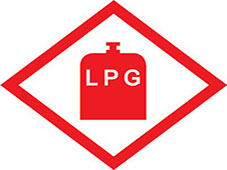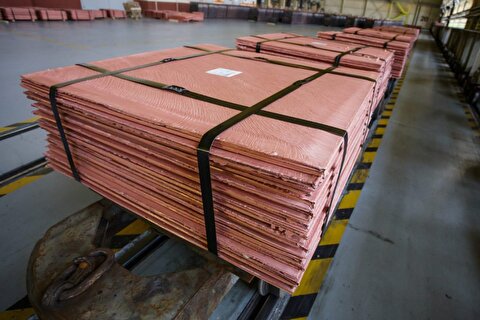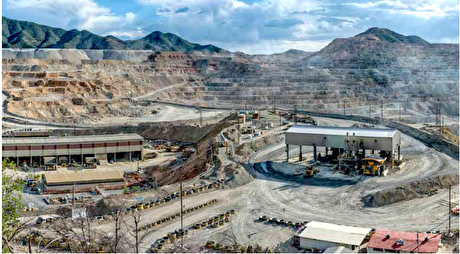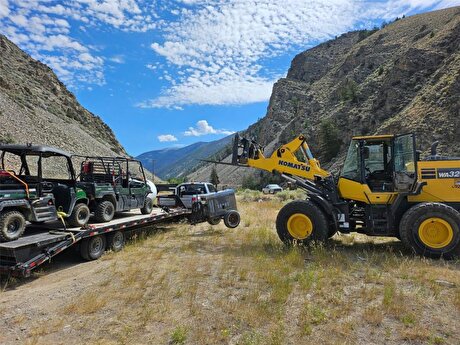
Viewpoint: Local European LPG supply to fall in 2020

Russian LPG producer Sibur expects to reduce the amount of LPG it places into Europe to around 2mn t in 2020, from around 3.5mn t in 2018. It will instead direct product for processing at its new Zapsibneftekhim petrochemicals plant in Siberia. This is the equivalent of taking almost three 45,000t very large gas carriers (VLGCs) out of the European supply side each month, and is nearly 4pc of the 39.5mn t 2020 European demand forecast by Argus.
This is extremely bullish in isolation, although the extent of price support for propane and butane provided by this supply cut is unclear. In recent years, any tightness in northwest Europe has been quickly eased by extra imports from key global swing supplier, the US. Put simply, any rise in delivered ARA pricing encourages a trader loading fob US LPG to direct the tanker at Europe instead of Asia-Pacific. This scenario is likely to continue in 2020 given there is no limit on exports from the US. Argus forecasts US LPG exports will rise by an average of 5.5pc year on year for the next three years, to 43.8mn t, 45.9mn and 48.3mn t in 2020, 2021 and 2022 respectively.
European storage for the heavier grade, butane, will be transformed in the first quarter of 2020 by a new 80,000t fully-refrigerated tank in Antwerp, operated by global petrochemical firm Ineos.
Europe has struggled to find a place in the global commoditised market that has arisen from the shale-enabled increase in US LPG exports, in part because regional infrastructure cannot easily accommodating the VLGCs that most often carry LPG long-haul. Historically, North Sea LPG traded on midsize gas carriers, typically of 20,000t cargoes. VLGCs can take up to 50,000t, allowing them to capture economies of scale, but steep costs of multi-port discharges can scupper otherwise workable trades.
The large ARA storage facilities that can take a full VLGC — the 75,000t Oiltanking-owned Antwerp Gas Terminal (AGT) and 65,000t Gunvor-rented Vopak Terminal in Flushing — are geared mainly towards propane. Ineos' new facility is dedicated to butane. Much of this will be delivered along the Rhine river to the firm's crackers at Cologne using three 3,250t 'mega barges', each more than three times larger than conventional LPG barges. Ineos' ability to do this will be affected by fluctuations in Rhine water levels.
Ineos' head of trading and shipping David Thompson said the storage site "will provide us with increased flexibility and security of supply, which will significantly improve our competitiveness in Europe," and position the firm "as a significant player in global LPG markets." The company's director of feedstock, trading and shipping, Hugh Carmichael told an Argus European LPG conference that the firm will act as both a buyer and a seller — meaning it will look to balance its system "in the market", rather than by altering its assets' run rates.
The effect of this on butane pricing in northwest Europe is uncertain but the comments indicate that Ineos, which is rarely seen in public large-cargo butane trading, will be more active. This consequent increase in liquidity could dampen price volatility, although a petrochemical firm using a vast storage facility to maximise performance of its producing assets is different to a pure trader utilising storage to take physical positions.
The situation may be analogous to the situation in the propane market where the key regional consumer, US chemicals giant Dow, is most often on the buy-side. But when it offers cargoes, this is an instantly bearish signal.
By Peter Wilton


Gold price eases after Trump downplays clash with Fed chair Powell

Copper price hits new record as tariff deadline looms

Brazil producers look to halt pig iron output as US tariff threat crimps demand

Three workers rescued after 60 hours trapped in Canada mine

Gold price could hit $4,000 by year-end, says Fidelity

Chile’s 2025 vote puts mining sector’s future on the line

US targets mine waste to boost local critical minerals supply

Energy Fuels surges to 3-year high as it begins heavy rare earth production

Glencore workers brace for layoffs on looming Mount Isa shutdown

Trump tariff surprise triggers implosion of massive copper trade

Maxus expands land holdings at Quarry antimony project in British Columbia

BHP, Vale accused of ‘cheating’ UK law firm out of $1.7 billion in fees

Southern Copper eyes $10.2B Mexico investment pending talks

American Tungsten gets site remediation plan approved for Ima mine in Idaho

Kinross divests entire 12% stake in Yukon-focused White Gold

Gold price could hit $4,000 by year-end, says Fidelity

Southern Copper expects turmoil from US-China trade war to hit copper

Ramaco Resources secures five year permit for Brook rare earth mine in Wyoming

Column: EU’s pledge for $250 billion of US energy imports is delusional

Trump tariff surprise triggers implosion of massive copper trade

Maxus expands land holdings at Quarry antimony project in British Columbia

BHP, Vale accused of ‘cheating’ UK law firm out of $1.7 billion in fees

Southern Copper eyes $10.2B Mexico investment pending talks

American Tungsten gets site remediation plan approved for Ima mine in Idaho

Kinross divests entire 12% stake in Yukon-focused White Gold

Gold price could hit $4,000 by year-end, says Fidelity

Southern Copper expects turmoil from US-China trade war to hit copper

Ramaco Resources secures five year permit for Brook rare earth mine in Wyoming














